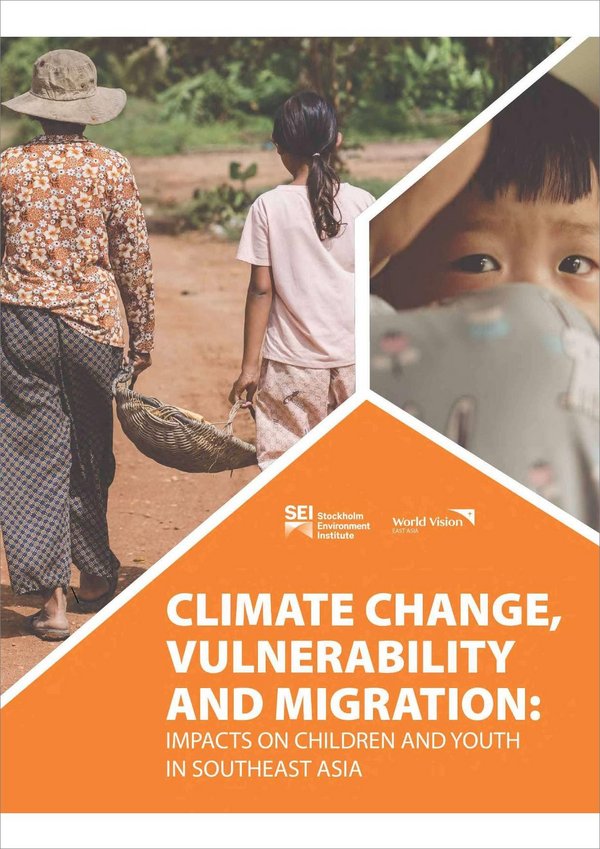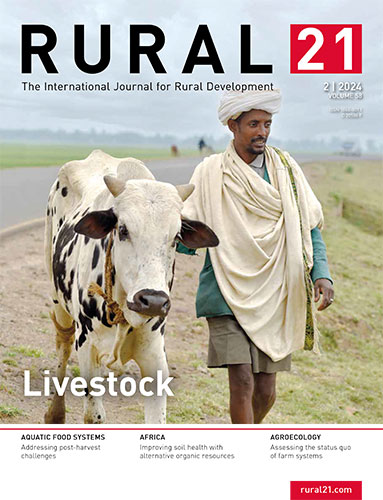- Share this article
- Subscribe to our newsletter
Climate change, vulnerability and migration
Children of migrants bear the brunt of climate change-related migration in Southeast Asia, the report Climate change, vulnerability and migration: Impacts on children and youth in Southeast Asia reveals. It was published by Word Vision in September 2024, drawing on 92 first-hand accounts from child migrants, children who stayed behind when parents migrated, parents and older caregivers, as well as interviews with local leaders and experts.
The report, produced in partnership with the Stockholm Environment Institute (SEI) Asia Centre, vividly depicts the deepening poverty, deprivation and debt burdens in rural communities that lead people migrate to in distress, the exploitation and abuse faced by many migrants, and the struggles of those who remain home, even when they receive remittances. Children, especially older girls, routinely take on significant duties at home and on farms, and many also engage in wage labour, even at the expense of their education. Adults and children alike described profound emotional impacts from family separation, and many children described traumatic experiences during migration.
The UN estimates that as of 2020, there were 10.6 million international migrants in Southeast Asia, with Thailand hosting by far the largest numbers; about 1.27 million were under 18 years old. As climate change impacts intensify, driving more people to migrate, it is crucial that their rights and interests be protected – especially those of children, who are highly vulnerable.
Through up-close looks at six rural villages in Cambodia, Lao PDR and Viet Nam, the report demonstrates how a changing climate, including increasingly frequent torrential rains and floods, translates into hunger, missed school and anxiety over mounting debts. It shows the sacrifices that parents make, children’s own sense of duty to their family and their aspirations for a better life. And it highlights many ways in which national governments, donors and development partners, and international organisations can make a difference.
(World Vision/ile)
More information and download the report on the World Vision Website




Add a comment
Be the First to Comment